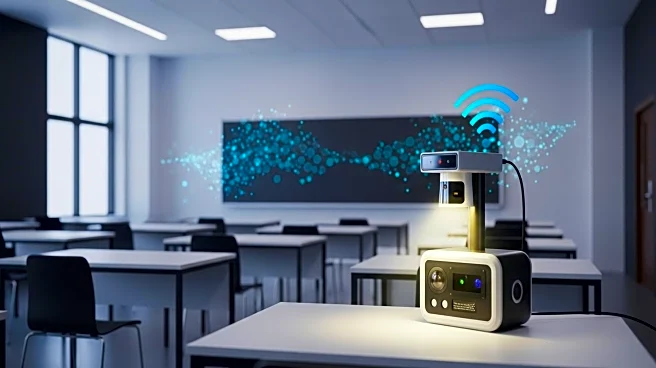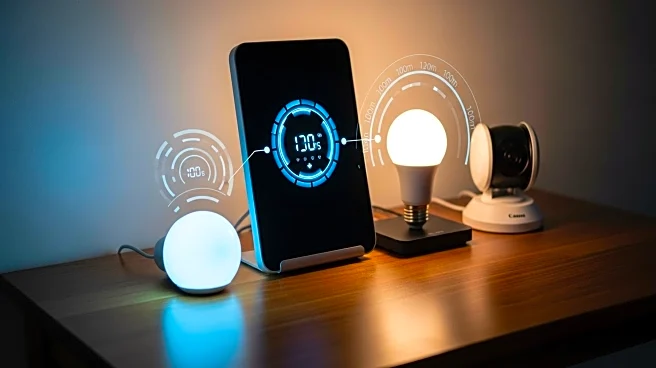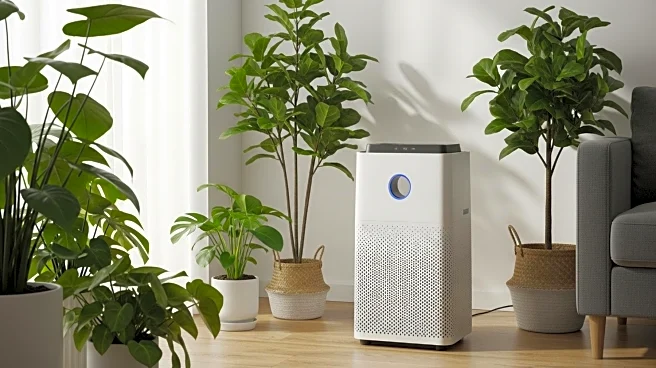What's Happening?
Recent research has applied deep hierarchical cluster analysis to manage classroom air quality using IoT devices. The study categorizes air quality data into Low, Moderate, and High Pollution groups, revealing correlations between poor ventilation and elevated levels of PM2.5/PM10, as well as increased CO2/AQI with higher occupant density. The research aims to guide interventions such as enhanced ventilation and inform feature selection for prediction models. The IoT-based device developed for this study is cost-effective and portable, collecting data over 25 days to track indoor dust and air quality index. The findings are intended to improve indoor air quality monitoring and prediction through machine learning algorithms.
Why It's Important?
The study's findings have significant implications for educational institutions and public health. By identifying pollution patterns and their causes, schools can implement targeted interventions to improve air quality, which is crucial for student health and learning outcomes. The use of IoT devices and machine learning in this context demonstrates the potential for technology to address environmental challenges in real-time. Improved air quality can lead to better cognitive function and reduced absenteeism, benefiting both students and educators. Additionally, the research highlights the importance of data-driven approaches in environmental management, potentially influencing policy and investment in smart building technologies.
What's Next?
The research suggests further development and deployment of IoT devices for air quality monitoring in various settings. Schools and other institutions may consider investing in similar technologies to enhance indoor environments. The study also opens avenues for more comprehensive data collection and analysis, potentially leading to broader applications in urban planning and public health. Stakeholders, including educational administrators and policymakers, may explore collaborations to expand the use of such technologies, aiming for sustainable and health-focused building designs.
Beyond the Headlines
The integration of IoT and machine learning in environmental monitoring raises ethical considerations regarding data privacy and security. As these technologies become more prevalent, ensuring that data collection respects individual privacy will be crucial. Additionally, the study underscores the need for interdisciplinary collaboration between technologists, educators, and health professionals to maximize the benefits of smart technologies in public spaces.












